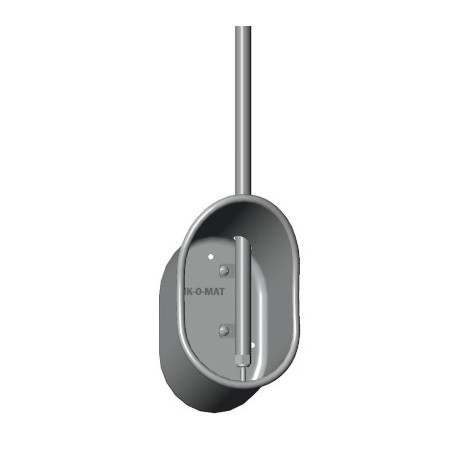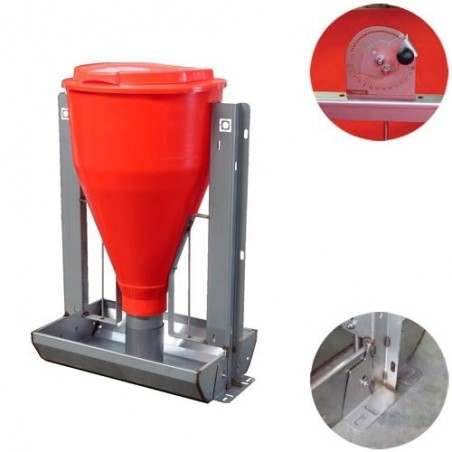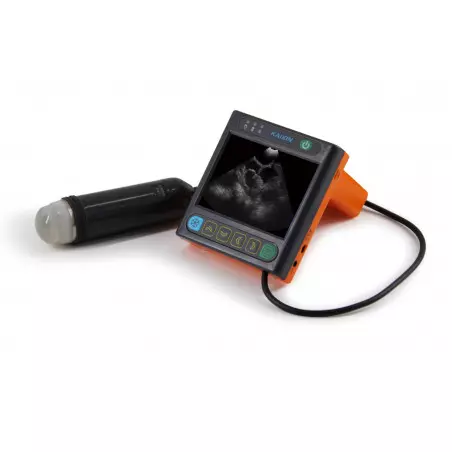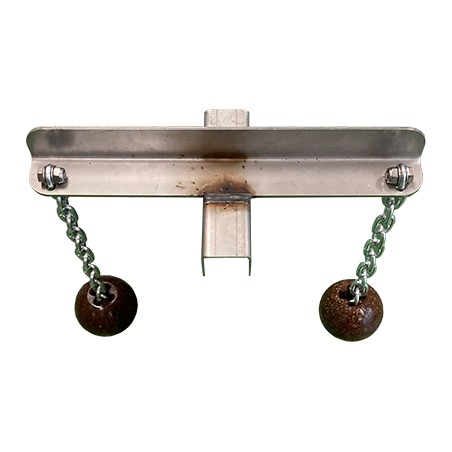Feeding diets high in corn distillers dried grains with solubles (DDGS) before market can negatively impact carcass yield, hot carcass weight (HCW), and belly fat iodine value (IV). To overcome the negative effects of feeding DDGS before market, pigs may be switched from diets containing high NDF to corn–soybean meal diets in the final days or weeks of the finishing period. Therefore, it is important to understand the appropriate feeding duration of DDGS before harvest in order to maximize profitability. The aim of the present study was to assess the effects of switching from DDGS-based to corn-soybean meal (CSBM)-based diets at increasing intervals (withdrawal periods) before harvest on finishing pig performance and carcass characteristics. For that purpose, two experiments were carried out. Diets in both experiments contained either 0% or 30% DDGS and were balanced for net energy (NE).
In Exp. 1, 985 pigs (initially 99.6 kg body weight [BW]) were used with 12 pens per treatment. The four treatments were increasing DDGS withdrawal periods: 28, 21, 14, or 0 d (no dietary switch) before marketing. All pens were marketed by removing the 17% heaviest pigs 21 d before slaughter and the remaining 83% all slaughtered 21 d later. Overall, there was no evidence for treatment differences on final BW, ADFI, or FCR; however, ADG increased linearly and belly fat IV decreased linearly the longer pigs were fed CSBM diets. Backfat depth decreased and percentage lean increased as CSBM feeding time increased.

In Exp. 2, 1158 pigs (initially 105 kg BW) were used in a 35-d study. There were 15 pens per treatment and four treatments of increasing DDGS withdrawal periods: 35, 28, 14, or 0 d (no dietary switch). All pens were marketed by removing the 15% heaviest pigs on day 28, the 28% heaviest pigs on day 14, and a final marketing of approximately 57% of starting barn inventory. There was effect on final BW, ADG, FCR, or HCW among dietary treatments. ADFI and carcass yield increased and belly fat IV decreased; the longer pigs were fed CSBM.
In conclusion, growth performance was minimally impacted following dietary switch from DDGS- to CSBM-based diets, possibly due to similar dietary NE. For carcass yield and belly fat IV, the optimal time to make a dietary switch from high to low fiber appeared to be linear in nature and at least 28 days before marketing.
Lerner AB, Tokach MD, De Rouchey JM, Dritz SS, Goodband RD, Woodworth JC, Hastad CW, Coble KF, Arkfeld E, Cartagena HC, Vahl C. Effects of corn distillers dried grains with solubles in finishing diets on pig growth performance and carcass yield with two different marketing strategies. Translational Animal Science. 2020; 4(2): txaa071. https://doi.org/10.1093/tas/txaa071










